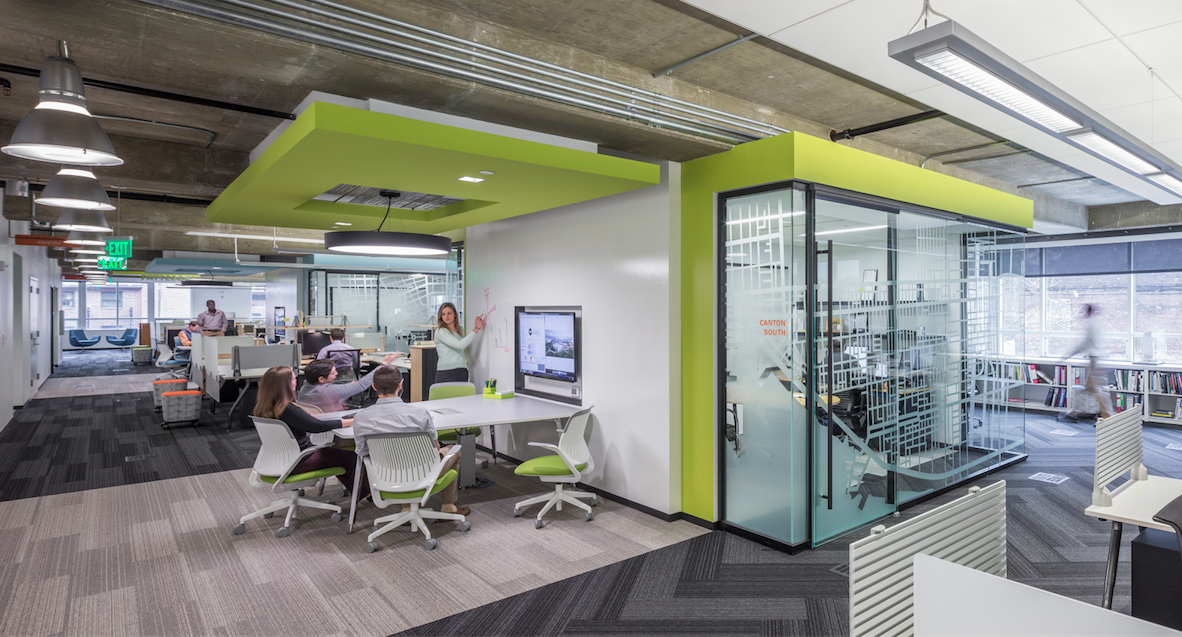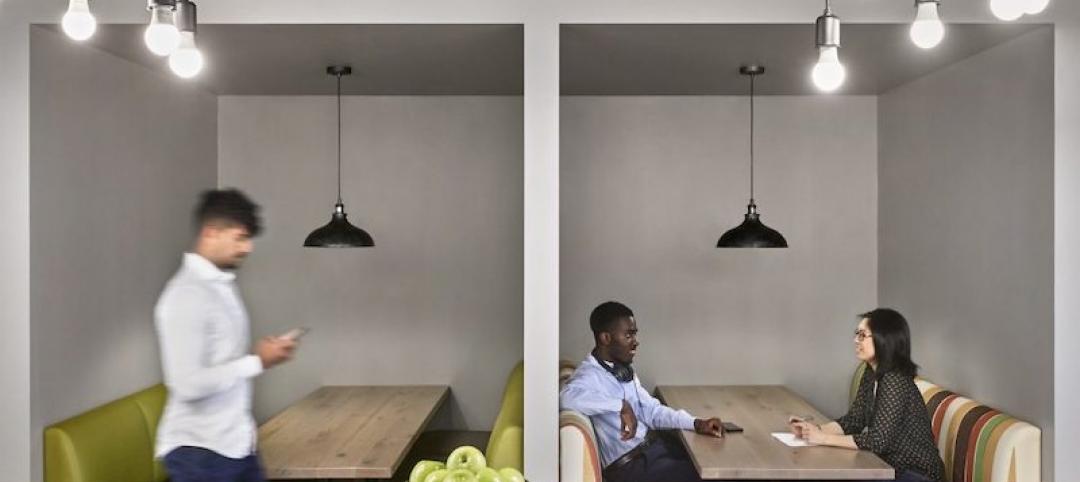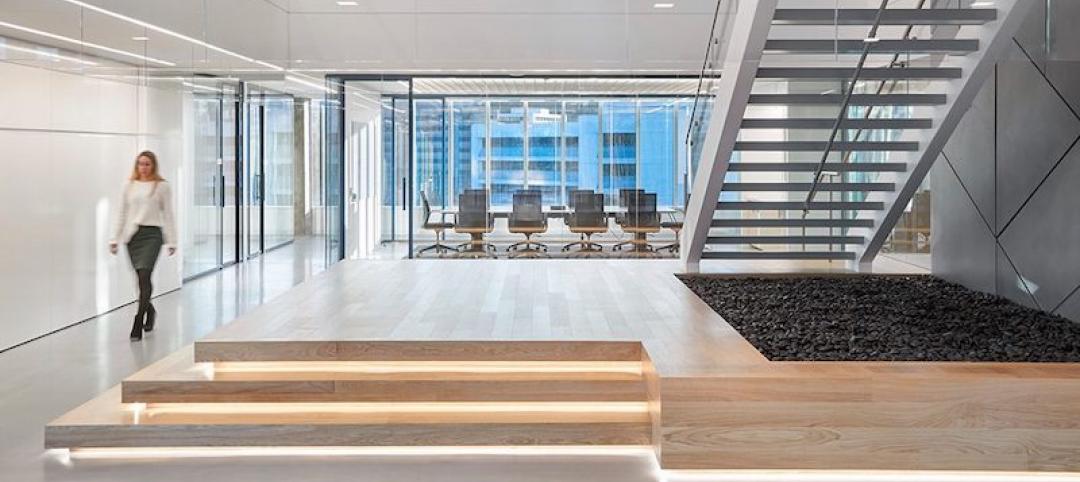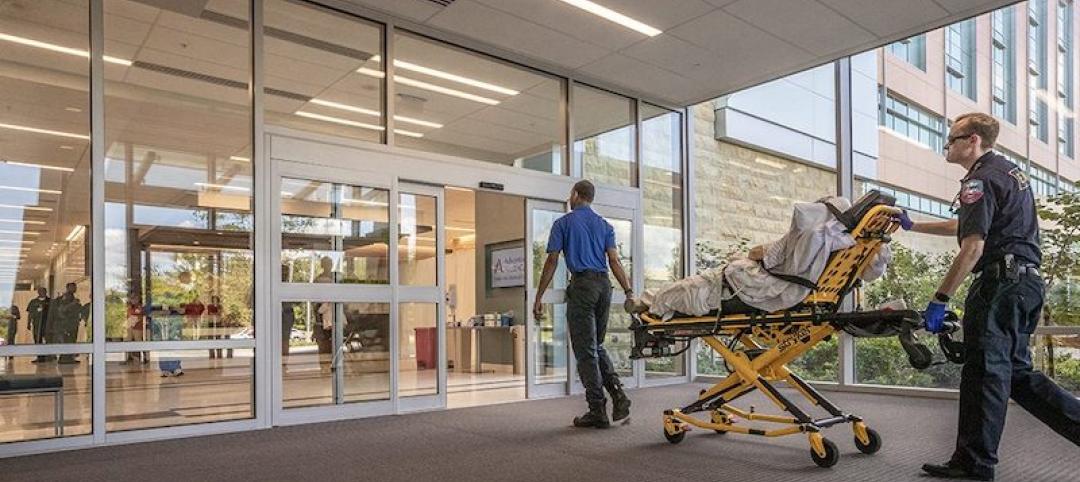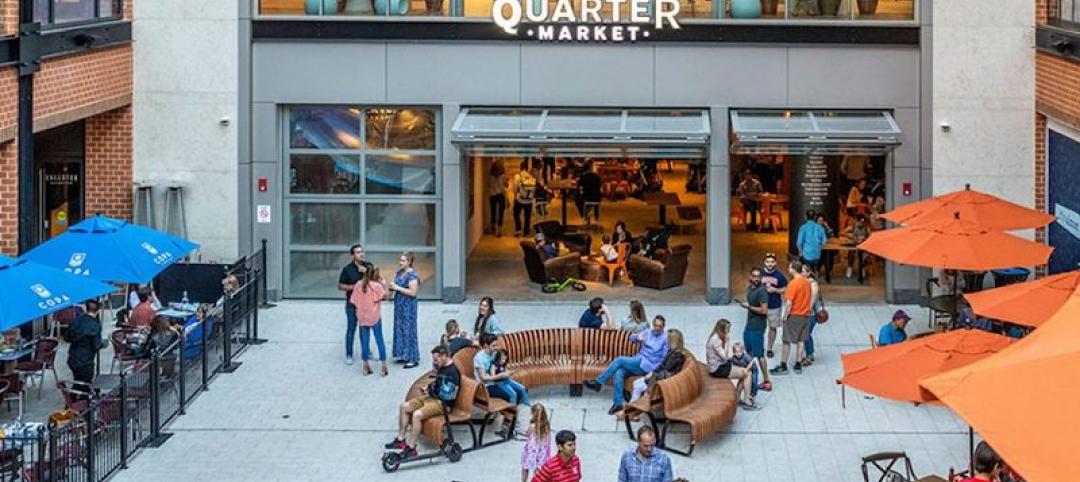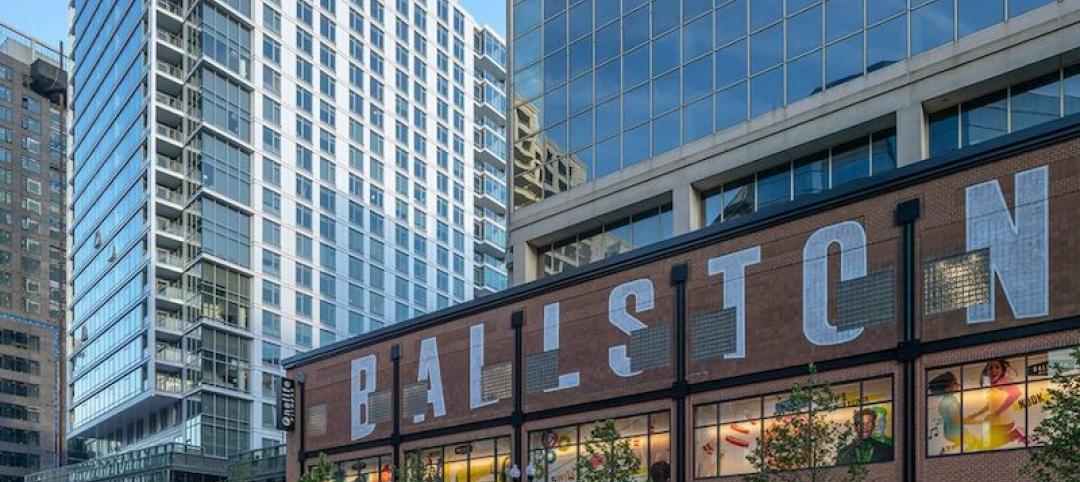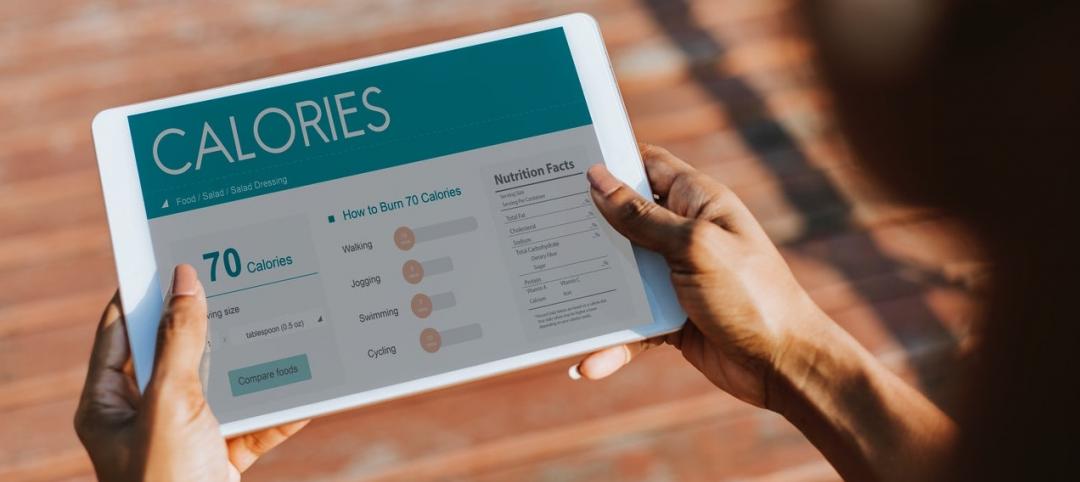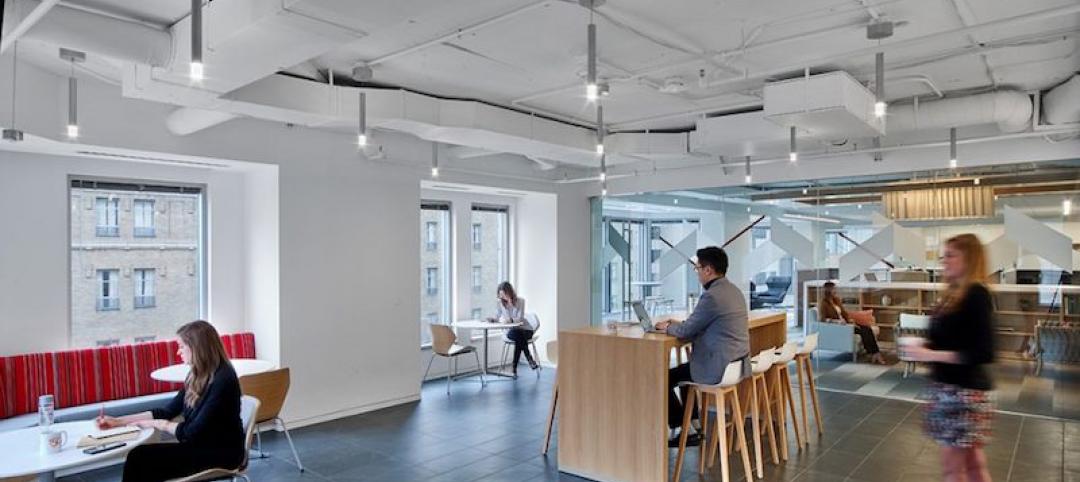Companies all over the world are facing the same question: How can we increase workforce productivity and innovation output while reducing the cost of doing business?
As designers, our answers usually focus on reducing real estate footprints, densification and mobility strategies. In terms of quantifying these strategies, it’s fairly easy to measure a reduction in workplace operating costs, but it is somewhat more challenging to put numbers to the less tangible ideas of productivity and innovation, particularly in creative industries.
Nevertheless, we know that measuring these things is important to the process of improving workplaces around the world and we were prepared to use our own team to prove it. We recently conducted a poll among 50 CallisonRTKL workplace designers in Washington, D.C. Designers of all levels, from entry level to leadership positions, answered the same question: What inspires you to do your best work?
Despite different working styles, roles and years of experience, the number one answer was that interacting with other people inspires their best work, followed by purpose, design process and finally, competition.
The Social Network
Experts across the design field have written about employee well-being and the benefits of a flexible, healthy workplace. These issues are incredibly important because they focus on designing environments with the intent to support human activity. Productivity, on the other hand, is not a direct measure of workplace quality or efficiency; it is a measure of human activity and social interactions that generate ideas, innovation, wealth and other positive socio-economic results. Equally, it can be a measure of conflicts which, if not resolved or managed, can lead to destruction of social networks, decline of productivity and shrinking corporate profits.
To understand human productivity in a knowledge-based workplace environment, we need to understand how we form social networks. Two recent studies (second study here) published by scientists at the Santa Fe Institute described an emerging theory of adaptive complex systems and networks. The theory describes cities as drivers of human civilization and engines of innovation.
The researchers state that despite differences in appearance and governance, the modern metropolis functions in the same way as ancient human settlements and follows a simple rule: If the population of any city doubles, the average amount of positive socio-economic product (wealth, innovation, etc.) and negative socio-economic product (crime, health hazards, etc.) both go up by 15%.
Thus, more human interactions taking place in a shorter time period inside a limited area automatically results in increased socio-economic product. Could the same principle apply to the workplace?
Of course there are notable differences between cities and corporate workplaces. For one, the flexibility of organic self-organization in a city is much higher than in a typical corporate environment. Nonetheless, any business at its core is a social network. When we scale the model of an urban environment down to the scale of the office space, densification still translates into increased positive and negative human interactions.
Negatives can be balanced by self-organizing social networks or by infrastructure networks (the built environment, corporate structure, laws, technology, etc.), as well as “natural infrastructure" (the natural environment, air quality, access to natural light, etc.). And this is where design professionals can bring true value to their clients, by designing environments that support exceptional social networks, focusing on spaces that balance open floor plans with privacy considerations, amenity spaces and integrated technology.
In the end, when densification-driven design of physical spaces encourages positive cultural transformation, it can also reduce the number of negative social workplace experiences, leading to increased productivity and innovation.
About the Author: Kirill Pivovarov’s knowledge spans public and private sectors and includes office projects, civic and cultural buildings, hospitality projects, technology-driven designs and mission critical facilities. His experience with high-profile projects and competitions has gained him national and international recognition. In addition to his design leadership role on complex projects, Kirill has special interest in integrated design processes, sustainability and low-carbon/zero-energy design.
More from Author
CallisonRTKL | Dec 20, 2021
Digital nomads are influencing design
As our spaces continue to adapt to our future needs, we’ll likely see more collaborative, communal zones where people can relax, shop, and work.
CallisonRTKL | Jun 30, 2020
The great reset and our new work life
As many countries begin to return to the office, it’s a chance to ask ourselves: what do we truly value?
CallisonRTKL | May 4, 2020
How working from home is influencing design
The lessons learned in the next few months can help shape how we work and design in the future. For now, remote work is different – and our new normal.
CallisonRTKL | Feb 26, 2020
Sustainability in a material world
The concepts of embodied carbon, zero waste, and deconstruction and reuse often run on parallel tracks.
CallisonRTKL | Jan 30, 2020
The complex dance of healthcare transitioning
Hospital employees, though excited about technological advancements, are expected to navigate a new workplace and care for their patients at the same time, all while training on new equipment and navigating a new building.
CallisonRTKL | Jan 6, 2020
Retail re-invention: Five questions to ask
Why have some malls survived their long-predicted demise, thriving and bumping with new generations of shoppers, while others have been relegated to the ash heap of deadmalls.com?
CallisonRTKL | Aug 6, 2019
Saving the American mall in 5 steps
CallisonRTKL Vice President Marc Fairbrother explains how struggling American malls can turn it all around.
CallisonRTKL | May 29, 2019
Smart buildings can optimize wellness
Employees want wellness initiatives built into their work experience, especially when they’re in spaces that can leave them feeling stiff, stressed, and sick.
CallisonRTKL | Apr 5, 2019
2019 trends in the workplace
From retention and career advancement to the ethics of inclusion and diversity, these five trends will play a major role this year in design, strategic planning and workplace development.
CallisonRTKL | Jan 28, 2019
9 tech trends to track in 2019
Innovations in voice recognition, cognitive neuroscience, and biometrics are among the trending tech topics for 2019, according to CallisonRTKL's Kristin Tilley.

